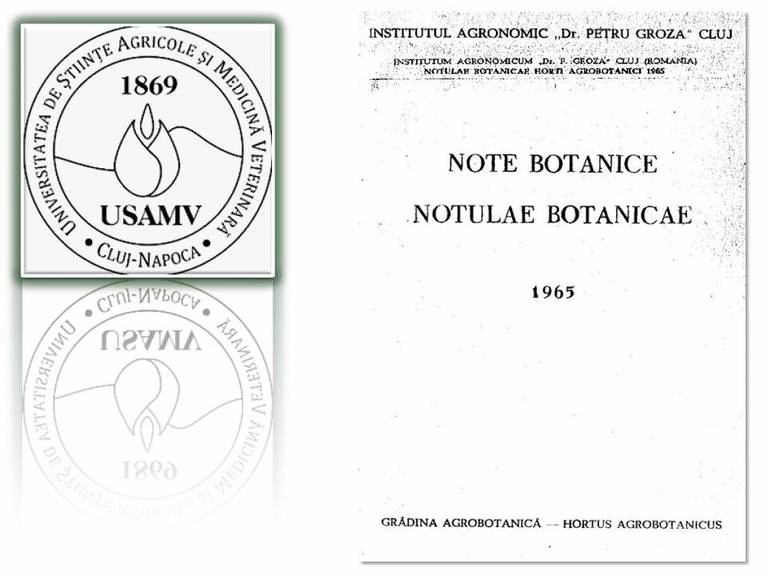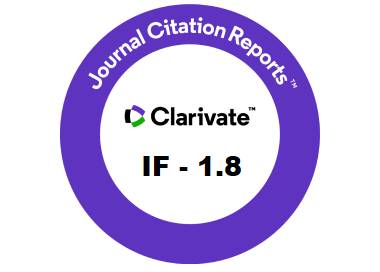Adaptive Strategies of Mosses to Desiccation
DOI:
https://doi.org/10.15835/nbha3713119Keywords:
mosses, desiccation, viability, plasmolysisAbstract
Adaptive features of six selected mosses – Octoblepharum albidum, Racopilum africanum, Thuidium gratum (forest species) and Archidium ohioense, Bryum coronatum and Fissidens subglaucissimus (derived savanna species) were investigated with the view to evaluating water retention capabilities, high desiccation resistance and adaptations that help mosses retain their viability for a long period of time. Shoots of the six moss species collected from three locations; Biological Garden, Parks and Garden and Base of Hill II all of the Obafemi Awolowo University Campus were subjected to shoot viability tests using staining method of wetting and staining with neutral red on fresh samples and those stored for 20yrs. Samples were exposed to 1.0M – 10.00M molar concentration of KNO3 in order to show plasmolysis levels. Of all the species A. ohioense and B. coronatum were the most viable, while O. albidum was the least viable. Racopilum africanum and T. gratum had lost their viability after 20 years of desiccation. Cells of 1986 desiccation recorded high molar concentrations when plasmolysed than those of 2006 desiccation.
Downloads
Published
How to Cite
Issue
Section
License
Copyright (c) 2009 Amos MAKINDE, Aina Arinola FAJUKE

This work is licensed under a Creative Commons Attribution 4.0 International License.
License:

Open Access Journal:
The journal allows the author(s) to retain publishing rights without restriction. Users are allowed to read, download, copy, distribute, print, search, or link to the full texts of the articles, or use them for any other lawful purpose, without asking prior permission from the publisher or the author.











.png)







